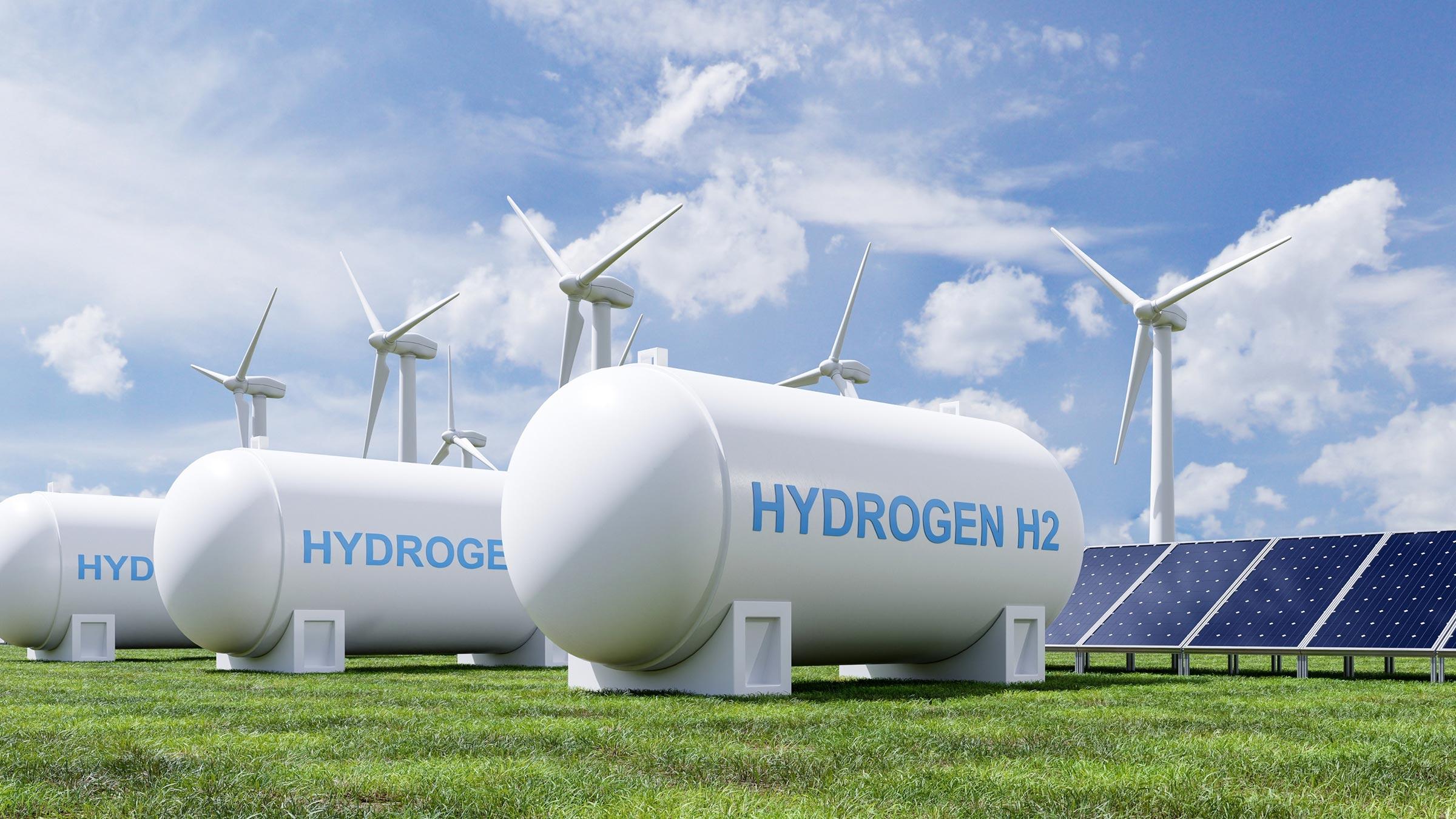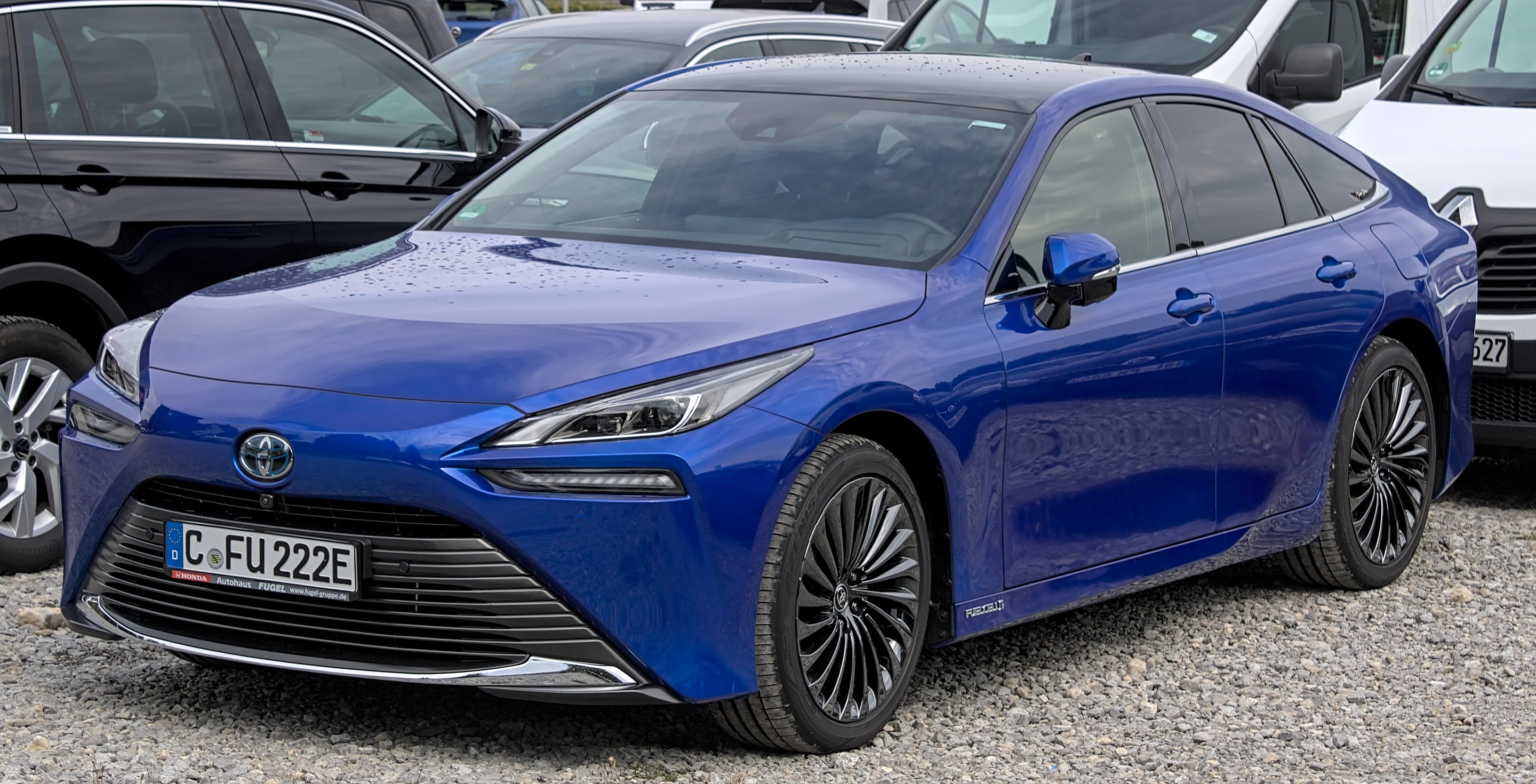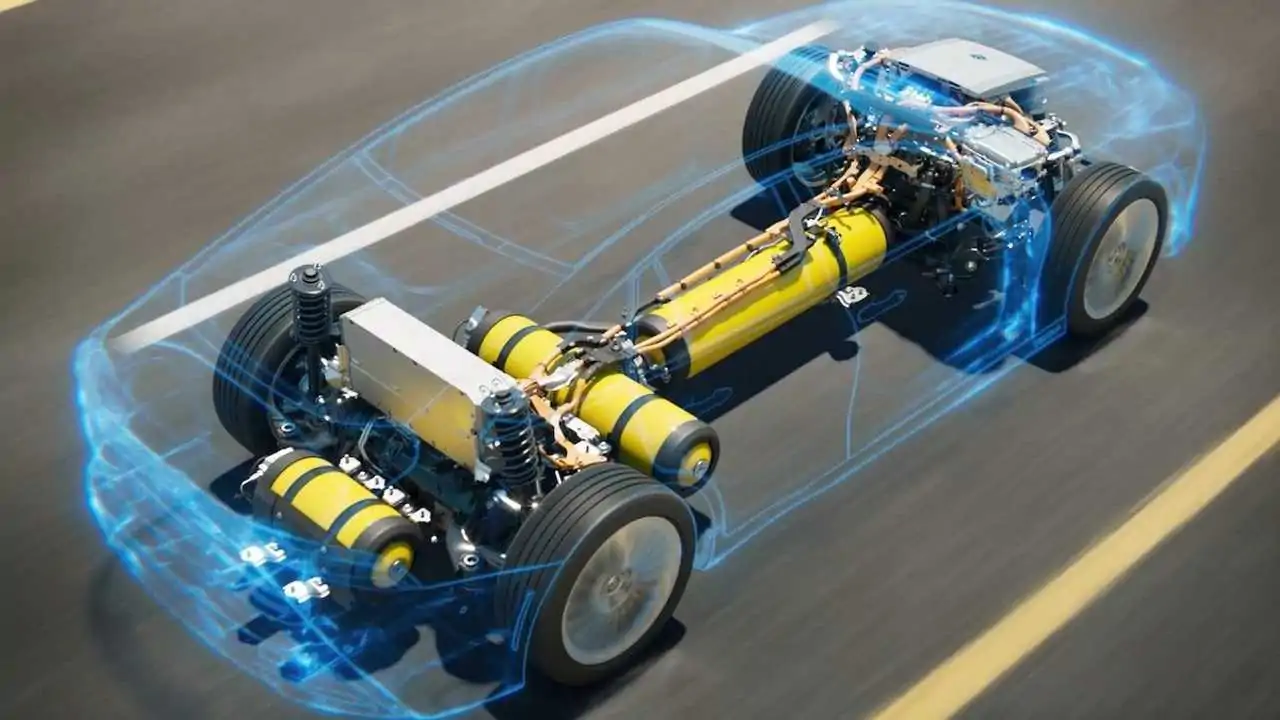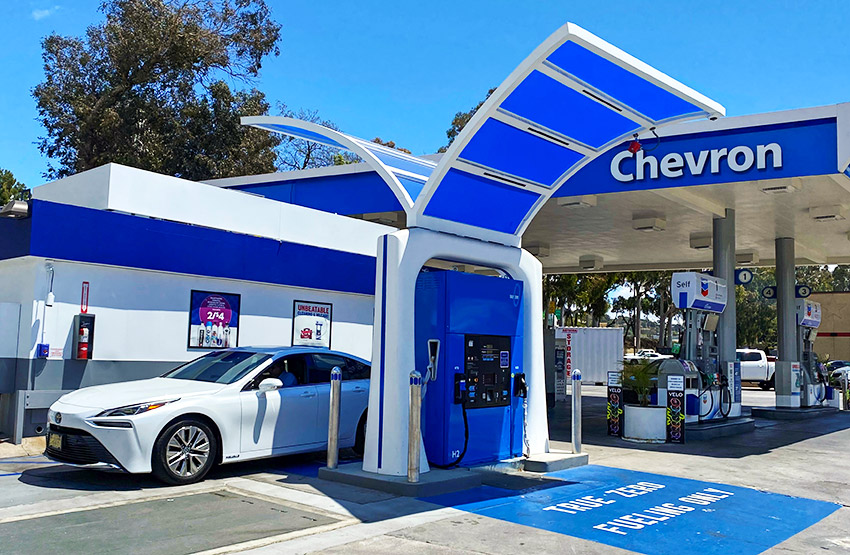Hydrogen Fuel-Cell Vehicles



Japan
12 years after the Tesla Model S has launched, we have exactly one battery electric vehicle (BEV) made by Toyota, the BZ4X. It is not a popular car nor a particularly competitive car. Where the Rav4 and Corolla are incredibly high volume sellers, the BZ4X is more like a side project. The BZ4X has relatively low range, charging speed, and performance. Why hasn’t Toyota used its extensive experience with hybrid vehicles like the Prius to develop market leading BEVs to take on Tesla, GM, and Ford?
Part of the answer seems to be Toyota’s, and Japan’s as a whole, interest in pursuing hydrogen fuel cell technology. Let’s be clear, a hydrogen fuel cell vehicle is an electric vehicle. They can essentially use identical electric motor technology as something like a Tesla.
 Mirai
Mirai
The difference is how the energy is stored on board. Whereas a Tesla houses a giant pack in the floor comprised of thousands of laptop battery cells, a Toyota Mirai, their hydrogen fuel cell offering, uses a large hydrogen tank. This tank is stored at incredibly high pressures, ~10,000 psi, and is bullet proof for safety. Toyota says the tank is strong enough to survive a serious accident.
How does a hydrogen tank power an electric motor? This is where the fuel cell comes in. The fuel cell takes hydrogen and mixes it with oxygen, creating H2O, otherwise known as water. That’s right, the exhaust out of a Mirai is literally water. The other byproduct of this reaction happens to be electricity, which is used to power the electric motor and drive the wheels.
 Hydrogen tanks in a Mirai
Hydrogen tanks in a Mirai
The other cool thing about hydrogen fuel cell vehicles is the refueling time. Instead of the ~30 minutes someone might spend at a Supercharger to go from 10-80% (250-300 miles), a Toyota Mirai can add about 400 EPA-rated miles in 5 minutes.
How you produce it matters
What’s the problem, then? Well, you need to look at where the world sources hydrogen right now. Most of it is produced with natural gas, so we are still using fossil fuels.
You can produce it using renewables like wind and solar, but you end up using about double the amount of electricity to produce an equivalent amount of hydrogen that could be used to recharge a battery directly. Not to mention the reality for current Mirai owners, who have a total of about 50 stations spread across California, many of which are often unavailable or offline.
 Refueling station
Refueling station
This doesn’t mean hydrogen doesn’t have a place in transportation. There could be a future where long-haul trucking (big rigs, semi trucks, etc.) all run on hydrogen. Because these vehicles typically run the same interstate routes to get across the US, we wouldn’t need an excessive number of hydrogen refueling stations to meet the demand.
Due to limitations in the energy density of our current battery tech, building a battery electric semi truck requires an absurd amount of cells and materials. There is already a concern about mining these materials in the passenger vehicle sector; building battery packs for the trucking industry seems like an exercise in inefficient futility. Hydrogen could just be the answer, assuming we produce the hydrogen in relatively green ways.